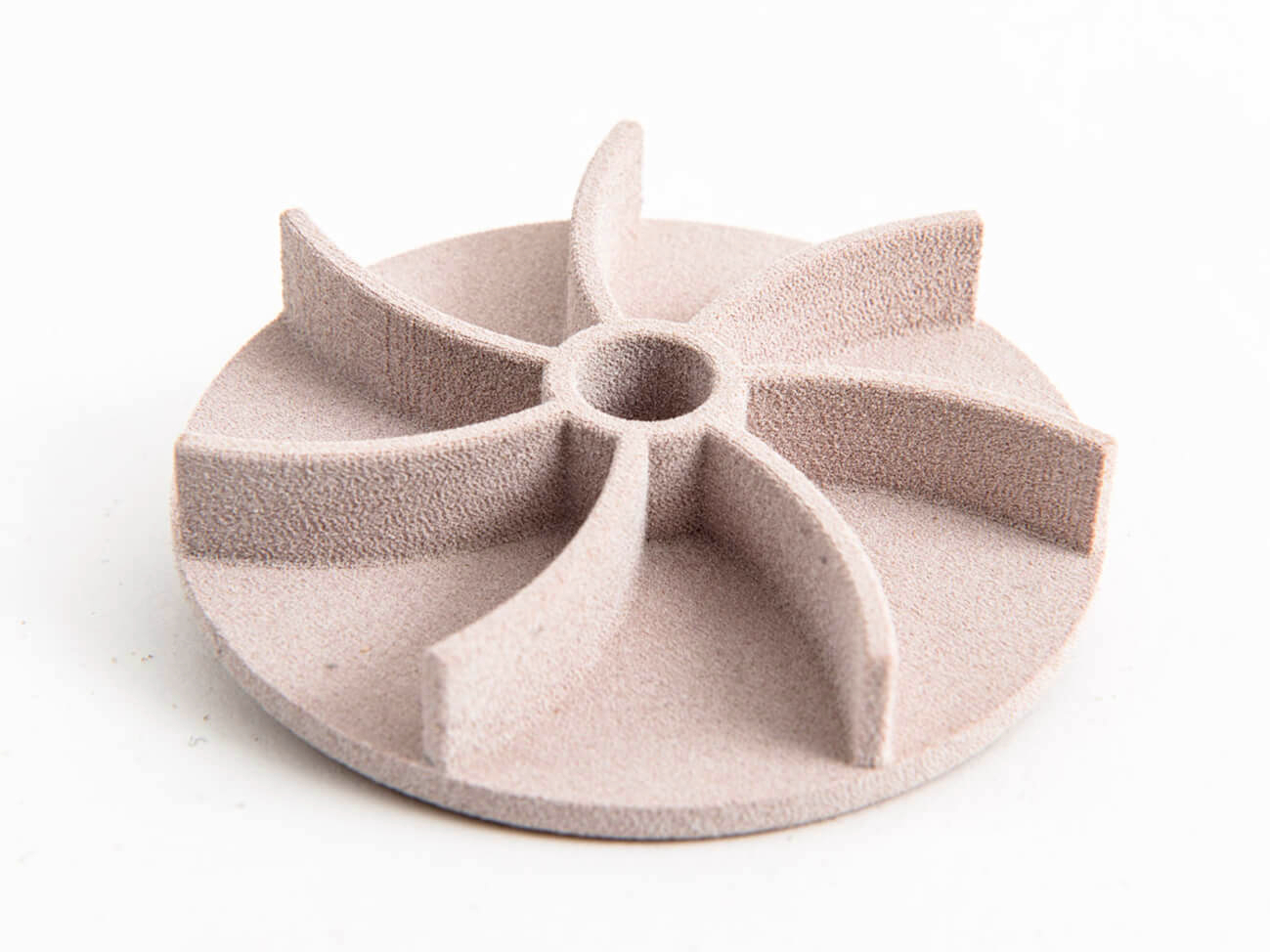Do ceramic parts require additional post-processing after machining?
Ceramic components almost universally require additional post-processing after initial CNC machining to achieve their full functional potential. While our Ceramic CNC Machining Service produces parts with excellent dimensional accuracy, the inherent characteristics of ceramic materials necessitate specialized treatments to enhance surface integrity, mechanical properties, and functional performance for demanding applications.
Surface Enhancement and Finishing Processes
The as-machined surface of ceramics typically requires refinement to meet application-specific requirements for smoothness, cleanliness, and performance.
Precision Surface Finishing
Diamond Grinding and Lapping: We employ specialized CNC Grinding Service with diamond-impregnated wheels to achieve surface finishes as fine as Ra 0.025 μm (1 μin) for applications requiring ultra-smooth surfaces, such as sealing faces or optical components. This process removes the micro-crack layer created during initial machining.
Abrasive Flow Machining: For internal passages and complex geometries, we utilize viscous media carrying abrasive particles to uniformly refine surfaces and remove any remaining micro-defects, which is crucial for components in Medical Device applications where surface integrity is critical.
Polishing and Superfinishing: Multi-stage polishing processes using progressively finer diamond abrasives create optically smooth surfaces (Ra < 0.01 μm) for applications requiring minimal friction or specific surface energy characteristics.
Thermal and Chemical Treatments
Thermal Stress Relief: Controlled heating cycles help relieve residual stresses introduced during machining, particularly important for large or complex-shaped components made from Alumina (Al₂O₃) or Zirconia (ZrO₂).
Chemical Etching: The selective chemical removal of the surface layer eliminates micro-cracks and creates controlled surface textures, enhancing bonding or biological integration in medical implants.
Functional Enhancement Treatments
Beyond surface improvement, ceramic components often require treatments to enhance their functional performance in specific applications.
Surface Modification for Improved Performance
Laser Surface Texturing: For components requiring specific tribological properties, we create micro-dimples or patterns that enhance lubricant retention or reduce adhesion in industrial equipment applications.
Coating Application: While ceramics themselves are often coating substrates, some applications benefit from additional functional coatings:
Hydrophobic/Hydrophilic Treatments: Surface energy modification for biological or fluid handling applications
Anti-Static Coatings: For electronics handling applications where static discharge must be controlled
Structural Enhancement Processes
Hot Isostatic Pressing (HIP): For critical components in Aerospace and Aviation applications, we utilize HIP treatment to close internal porosity and improve mechanical properties, particularly for Silicon Nitride (Si₃N₄) and Silicon Carbide (SiC) components.
Annealing for Phase Stabilization: Specific thermal treatments ensure phase stability in materials like Zirconia (ZrO₂), preventing undesirable phase transformations during service.
Quality Verification and Validation
Post-processing includes comprehensive verification to ensure components meet all specifications and performance requirements.
Non-Destructive Evaluation
Dye Penetrant Inspection: Fluorescent or visible dye penetrants detect surface-connected defects that might compromise component integrity in service.
X-Ray Computed Tomography: For complex internal geometries, we utilize CT scanning to verify internal dimensions and detect subsurface defects without destructive sectioning.
Ultrasonic Scanning: Critical for detecting internal flaws or delaminations in high-reliability applications.
Performance Validation Testing
Surface Roughness Verification: Advanced profilometry confirms surface finish parameters meet specification requirements.
Dimensional Validation: Final comprehensive measurement using CMM and specialized metrology equipment verifies all critical dimensions remain within tolerance after post-processing.
Functional Testing: Application-specific tests, such as leak testing, flow characterization, or wear simulation, ensure that components will perform as intended in their operational environment.
Application-Specific Post-Processing Requirements
Different industries and applications demand tailored post-processing approaches:
Medical and Dental Components
Ceramic components for Medical Device applications require extensive post-processing:
Biocompatibility Assurance: Special cleaning and surface treatments to ensure biological safety
Sterilization Validation: Verification that components maintain integrity through sterilization cycles
Surface Bioactivation: Treatments to promote specific biological responses for implants
Industrial Wear Components
For applications in Industrial Equipment and automation:
Controlled Surface Roughness: Specific surface textures optimized for lubricant retention in bearing applications
Edge Radiusing: Careful rounding of sharp edges to prevent stress concentration and crack initiation
Wear Testing: Validation of wear resistance under simulated service conditions
High-Temperature Applications
Components for Aerospace and Aviation and power generation:
Thermal Cycling Validation: Verification of dimensional stability and mechanical property retention after thermal cycling
Oxidation Resistance Testing: For non-oxide ceramics, validation of high-temperature oxidation resistance
Creep Testing: For components subject to sustained loads at elevated temperatures
Through this comprehensive approach to post-processing, we transform precision-machined ceramic components into high-performance parts ready for the most demanding applications across medical, aerospace, industrial, and electronic sectors.



